Gwayi-Shangani 245km pipeline project paces up
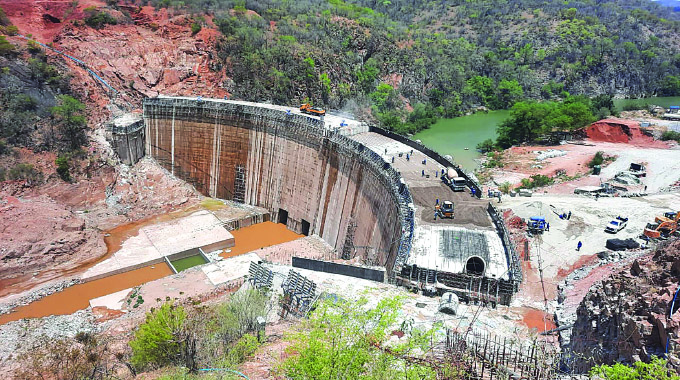
Nqobile Tshili
Bulawayo Bureau
GOVERNMENT has opened a tender process for the construction of a new water treatment plant in Bulawayo’s Cowdray Park suburb as it intensifies efforts to address the city’s water supply shortages through the imminent completion of the Lake Gwayi-Shangani project.
Serious groundwork is underway towards laying of the 245km pipeline linking Lake Gwayi-Shangani and Bulawayo where approximately 104km have been cleared to pave way for the digging of trenches.
The pipeline project is running concurrently with the construction of Lake Gwayi Shangani, which is 70 percent complete and is now expected to be completed mid-2023 after being stalled by funding constraints.
The project has been allocated
$8 billion in the 2023 national budget to boost both the dam construction and pipeline works.
The construction of Lake Gwayi-Shangani and conveyance of water from the dam to Bulawayo via the 245km pipeline is part of the Second Republic’s measures to complete the century old National Matabeleland Zambezi Water Project, as the permanent solution to Bulawayo’s water crisis.
Government has roped in 11 contractors to push the pipeline project with the Zimbabwe National Water Authority (Zinwa), which is in charge of the project, having signed a US$50 million contract early this year with Flowtite South Africa to supply glass fibre-reinforced pipes needed for the pipeline.
Part of the consignment has already been delivered and is kept in Cowdray Park where the water treatment plant will be established to boost the city’s water supply capacity.
Chinese contractor, China Water and Electric Corporation, is now working 24 hours a day to ensure that the massive dam project is expeditiously completed.
In a recent interview, Lands, Agriculture, Fisheries, Water and Rural Development Minister, Dr Anxious Masuka, said despite funding challenges that slowed down construction works, the Government expects to scale up the momentum moving into the new year.
“We have had a slight slow-down because of financing and we think that the completion will now perhaps be by-mid 2023,” he said.
“From the 245km pipeline, 104km have now been cleared. We have 11 contractors working on the ground and with more resources coming in the new year we expect to see progress.”
The minister pointed out that water supplies from Lake Gwayi-Shangani will be treated at the new treatment, adding that the Government has already opened up tenders for the construction of the critical water treatment facility.
“The treatment works at Cowdray Park will be 80 megalitres (ML) per day and the bidding process is being finalised. After that, we will be able to put the second treatment works plant,” said Dr Masuka.
“The (Gwayi-Shangani-Bulawayo) pipeline is able to carry 220ML/day against Bulawayo’s requirement of 165ML/day or the current 133 or 135ML/day. So, it will be a huge boost and going into the future, we eliminate these challenges of water problems.”
The City of Bulawayo is implementing a 72-hour weekly water shedding programme as a water conservation strategy following the drop to critical levels of water in the supply dams.
The city has been forced to decommission Umzingwane Dam whose water levels had become critically low.
The progress being made in rolling out the Lake Gwayi-Shangani project is a milestone for the Second Republic led by President Mnangagwa after successive governments have failed to successfully kick-start the project since its initiation in 1912.
Despite sanctions imposed on the country, Government is funding the project using domestic resources, riding on improved revenue collections and enhanced fiscal space following tough economic reform measures since 2018.
Government has said upon completing the Lake Gwayi Shangani and bringing water to Bulawayo, the city’s six supply dams, all situated in Matabeleland South, will be decommissioned and be used for irrigation purposes in Matabeleland South and enhance food security.
While the completion of the dam is expected to permanently end Bulawayo’s water problems, it will also contribute to national food security through irrigated agriculture production.
Government has identified 10 000 hectares that will be utilised for agriculture process and ensure Matabeleland region and the nation is food secure.
The completion of Lake Gwayi Shangani is also expected to boost the tourism sector and the country is expected to establish a 10 megawatts power station at the lake site.

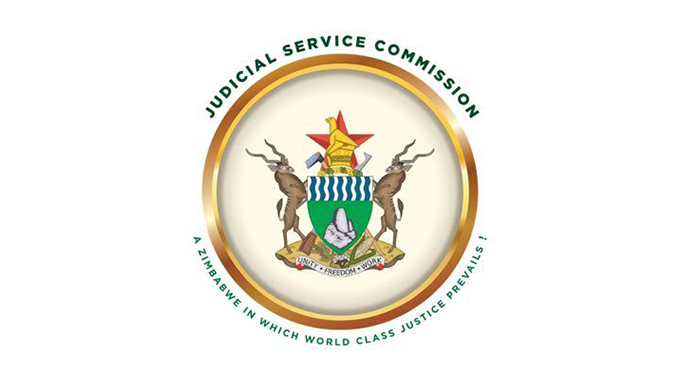
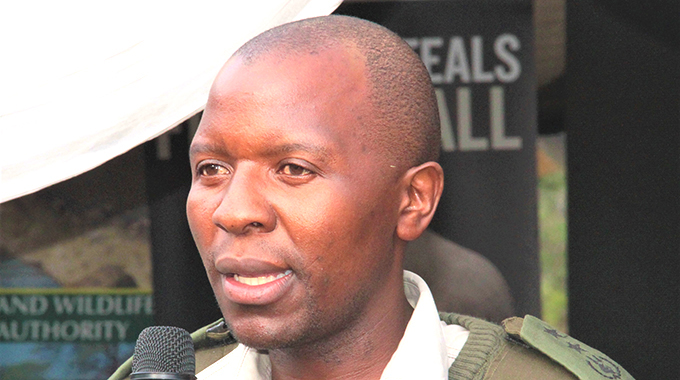
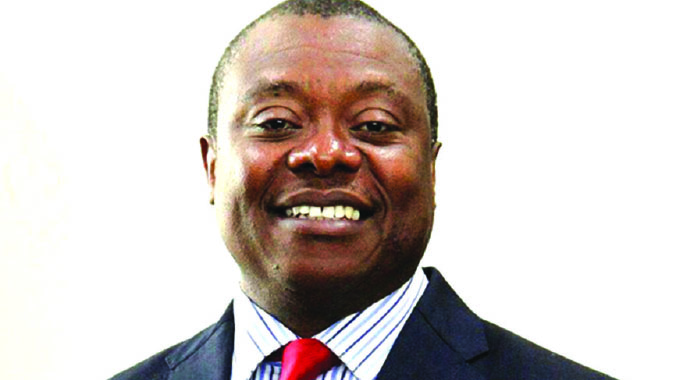
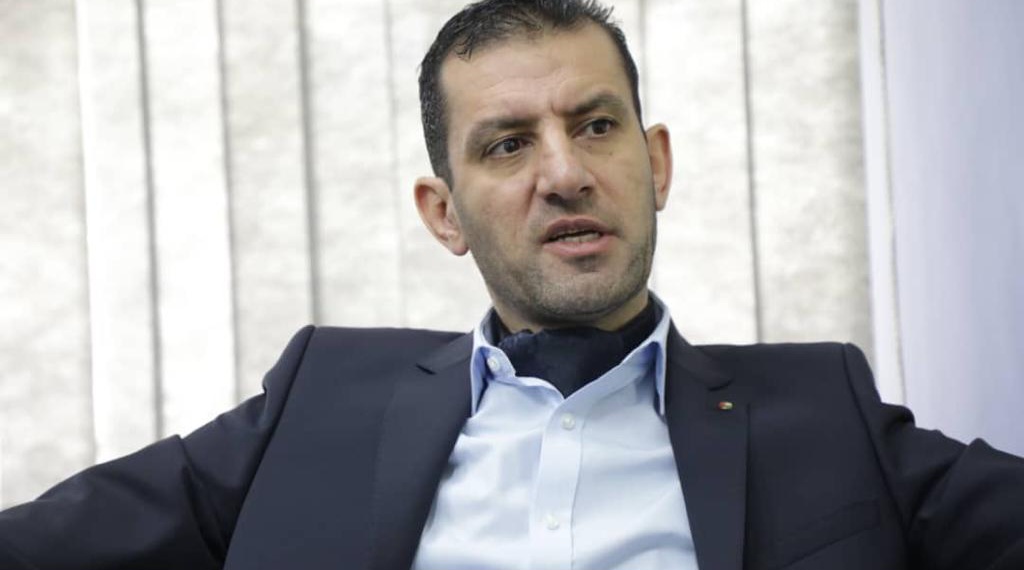
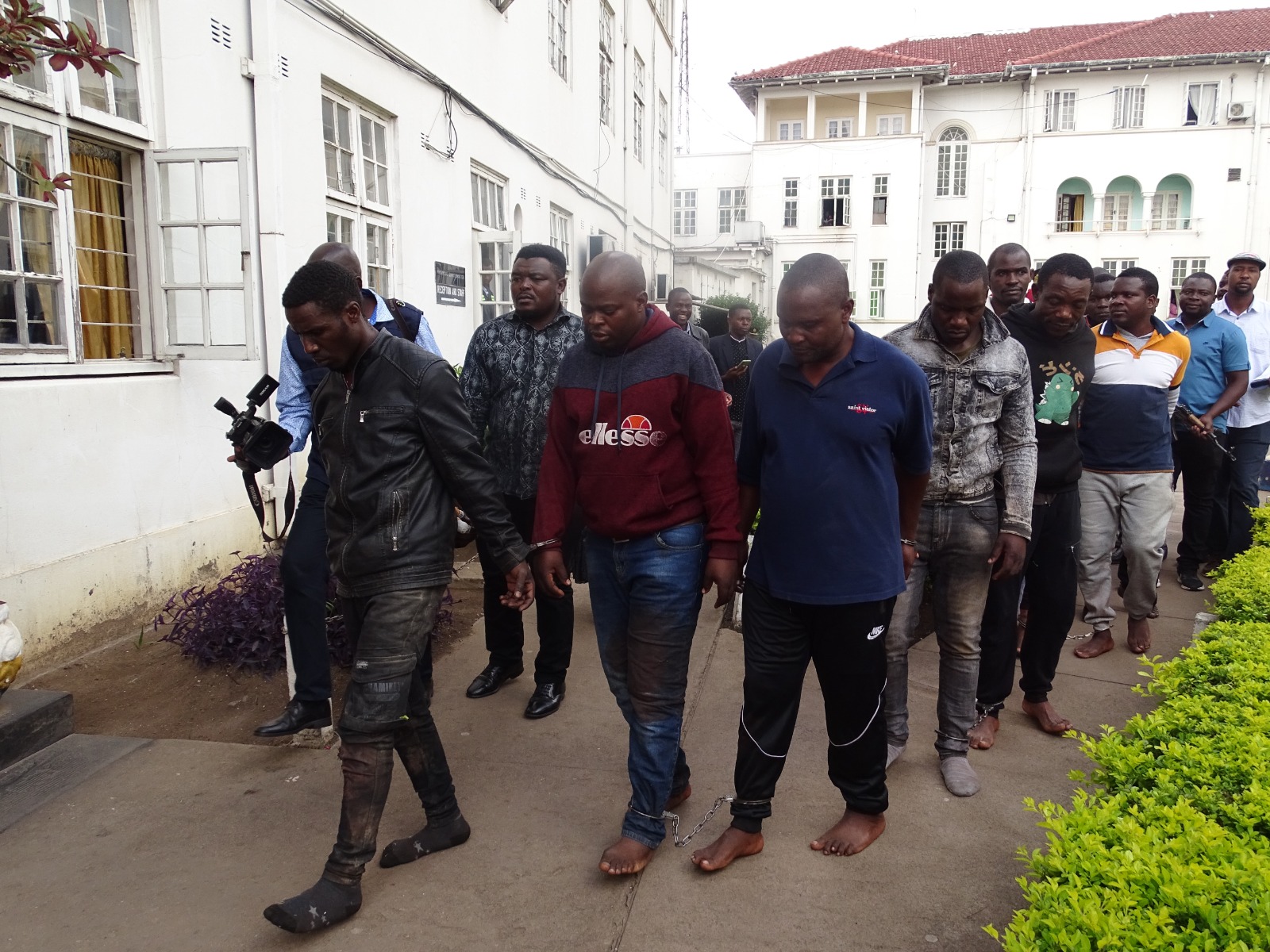

Comments